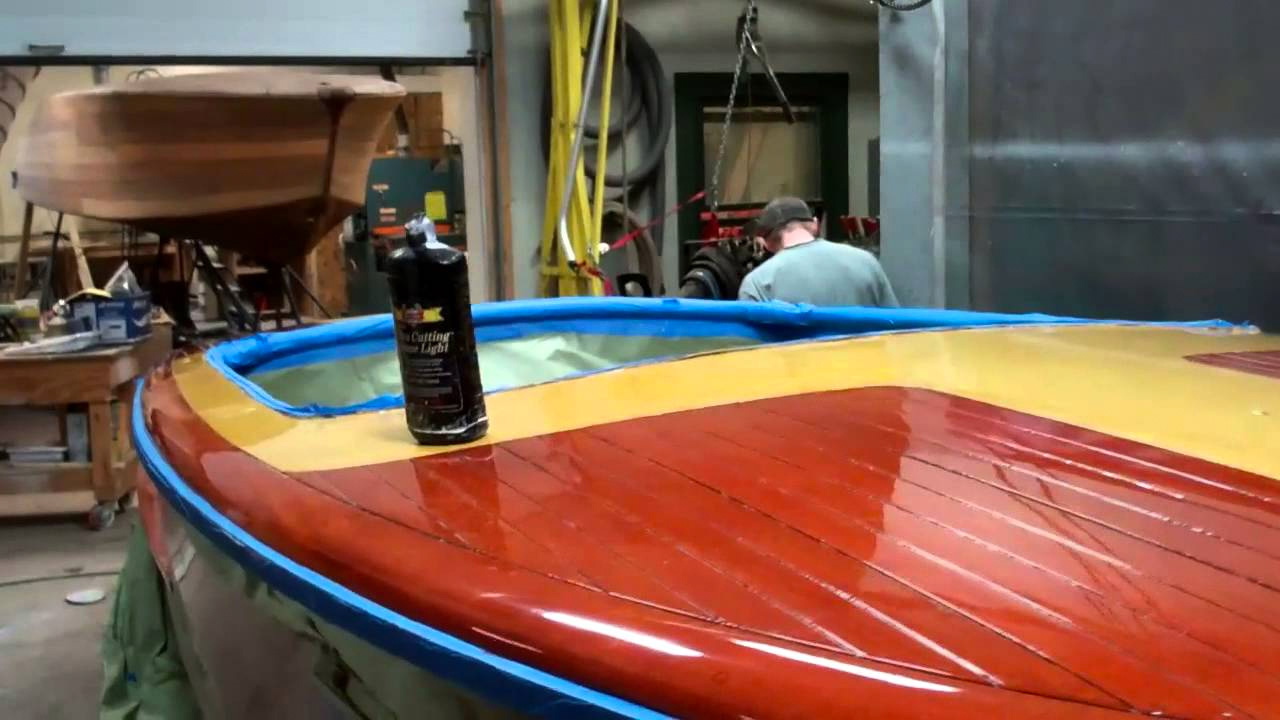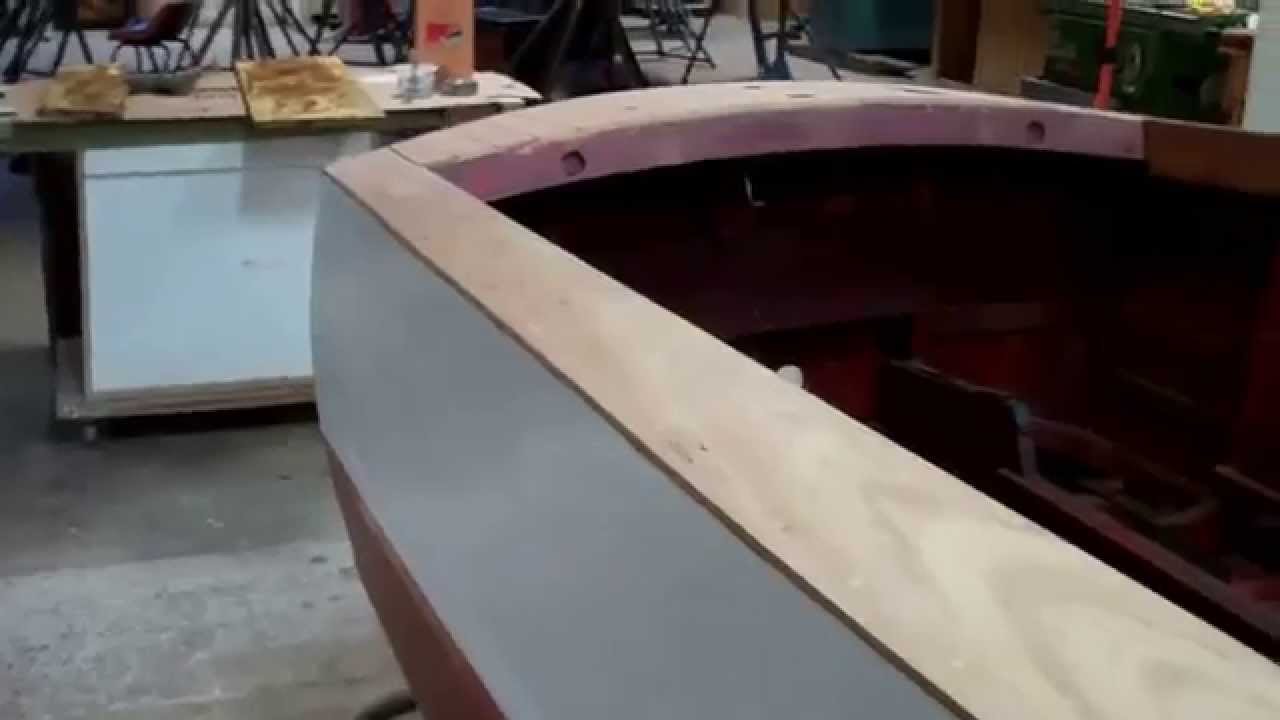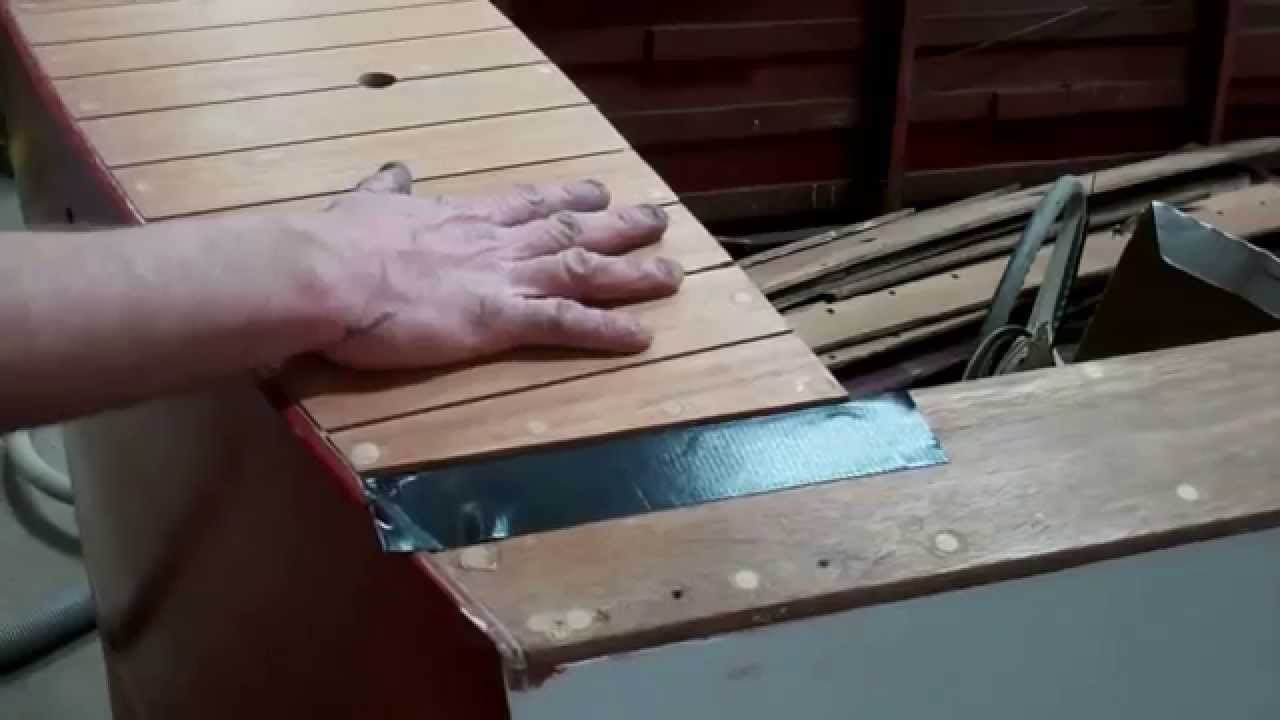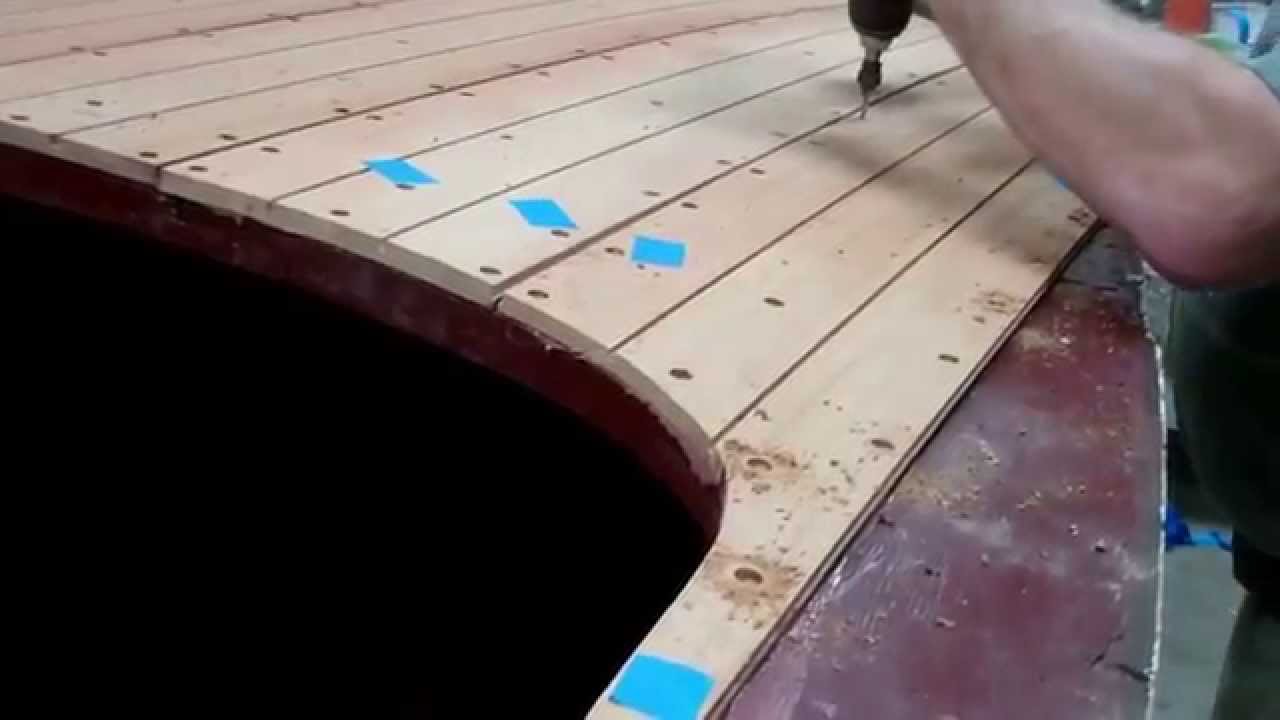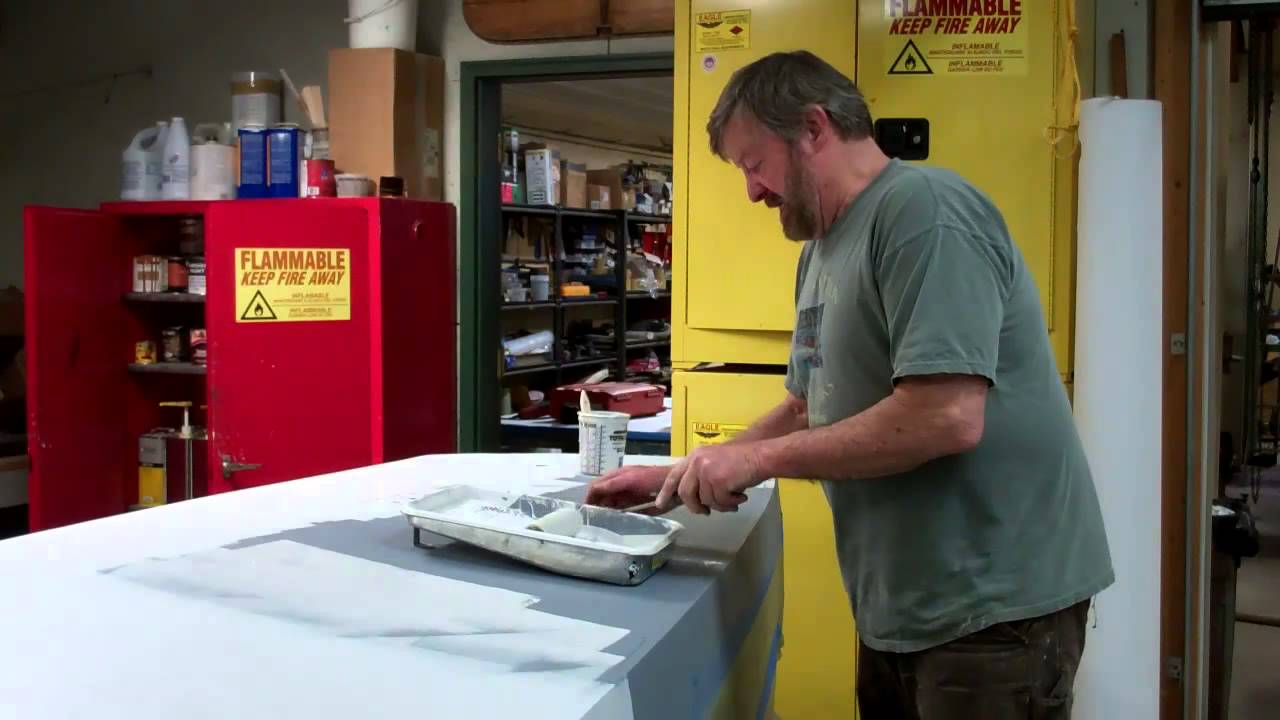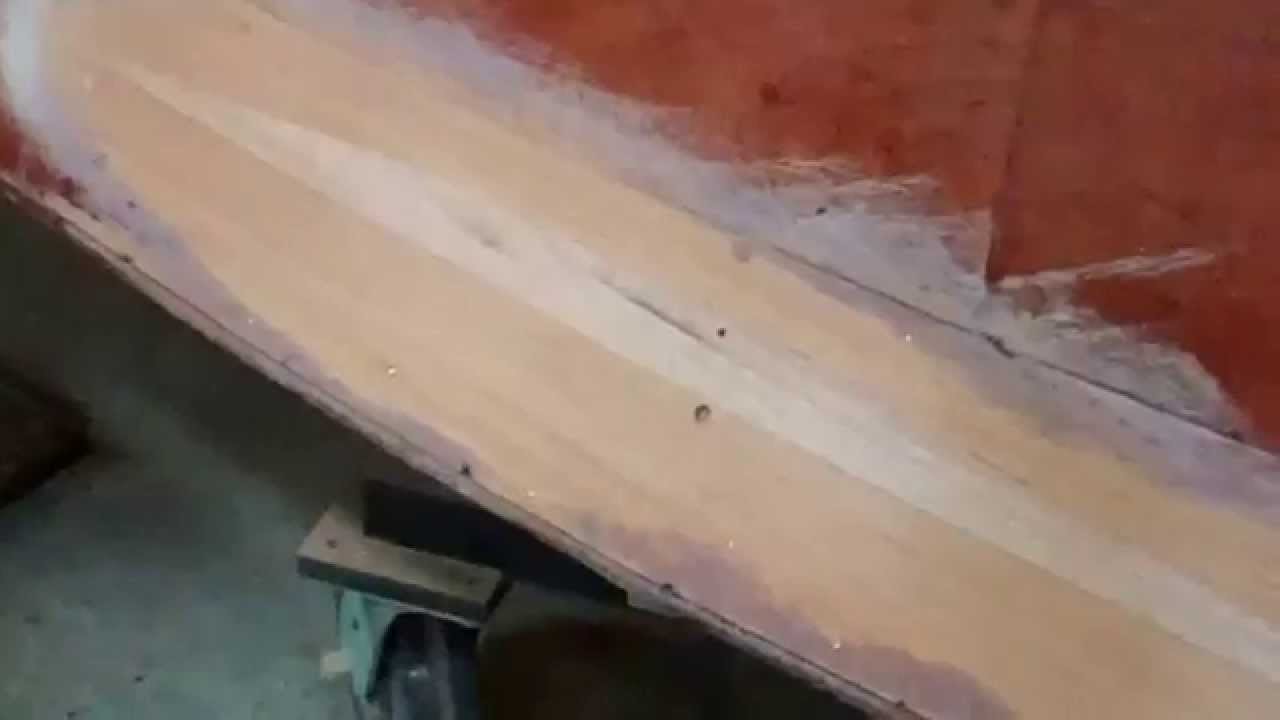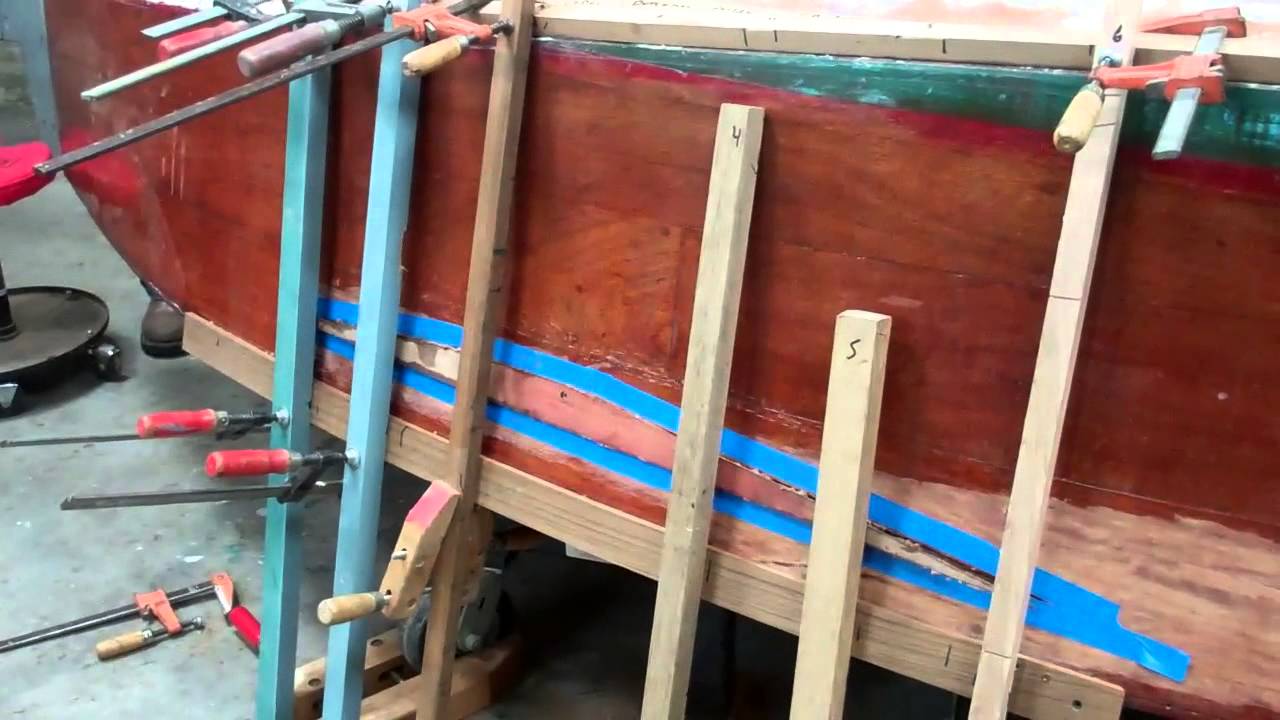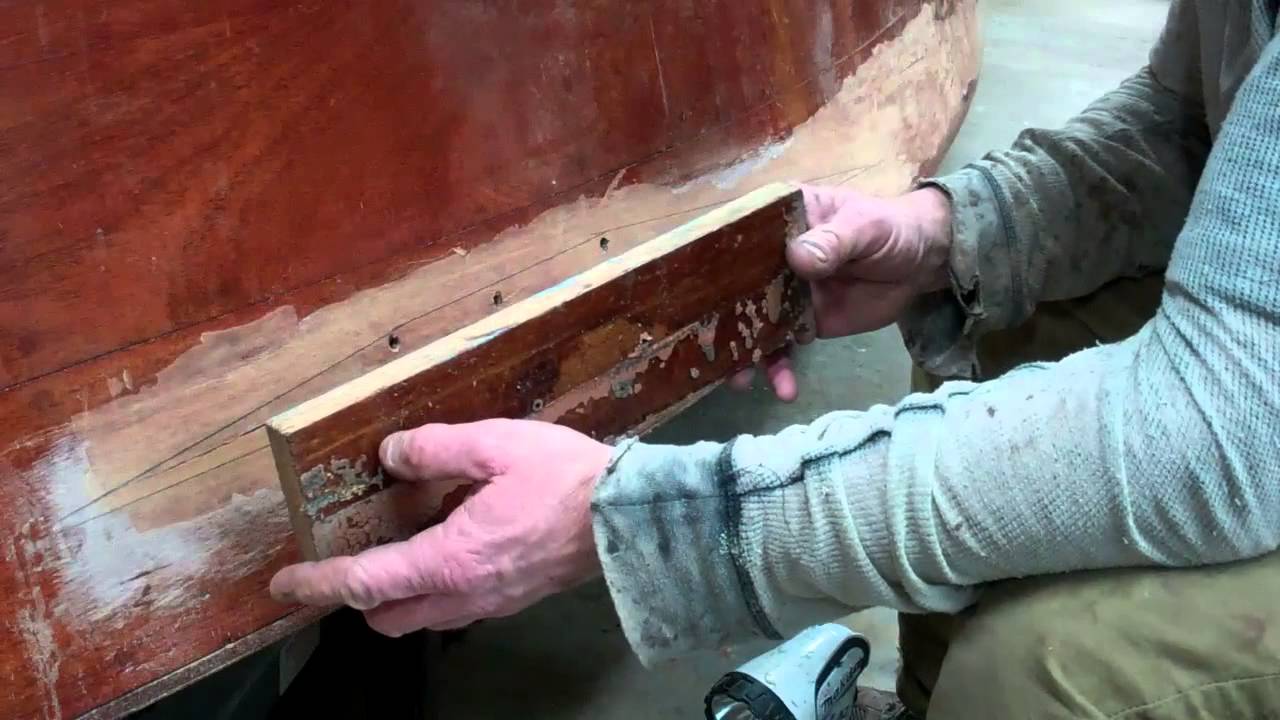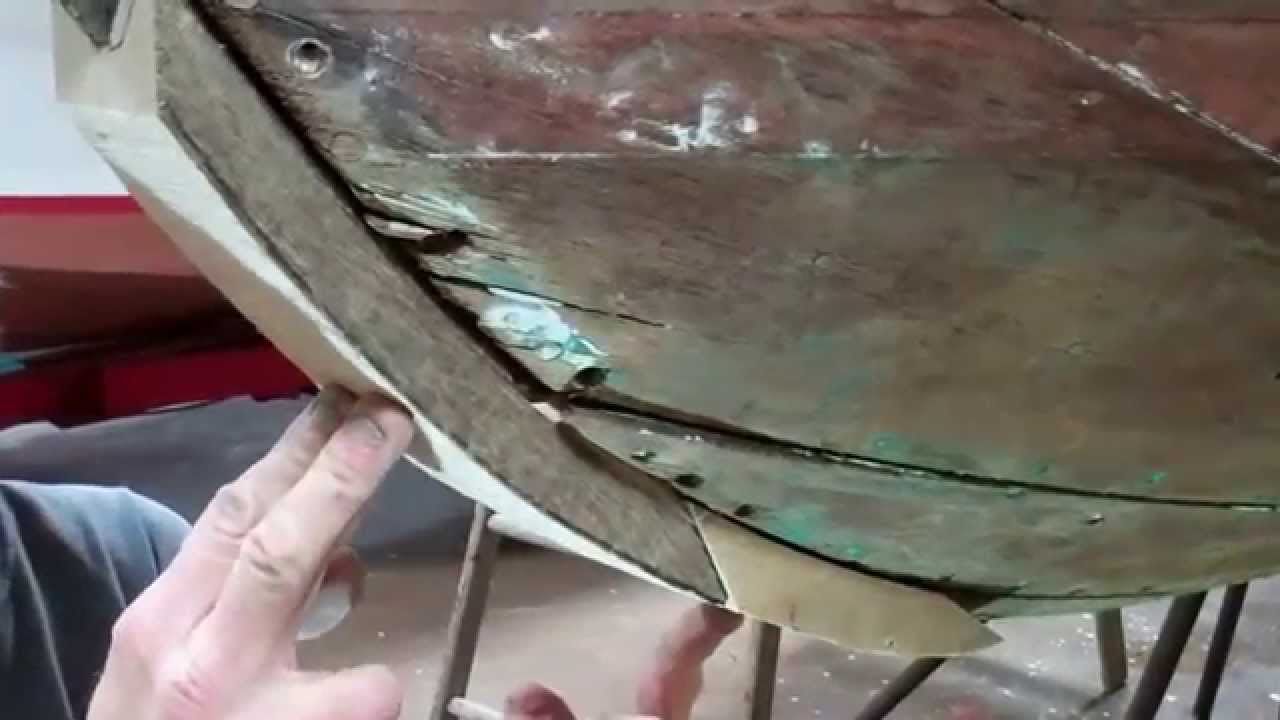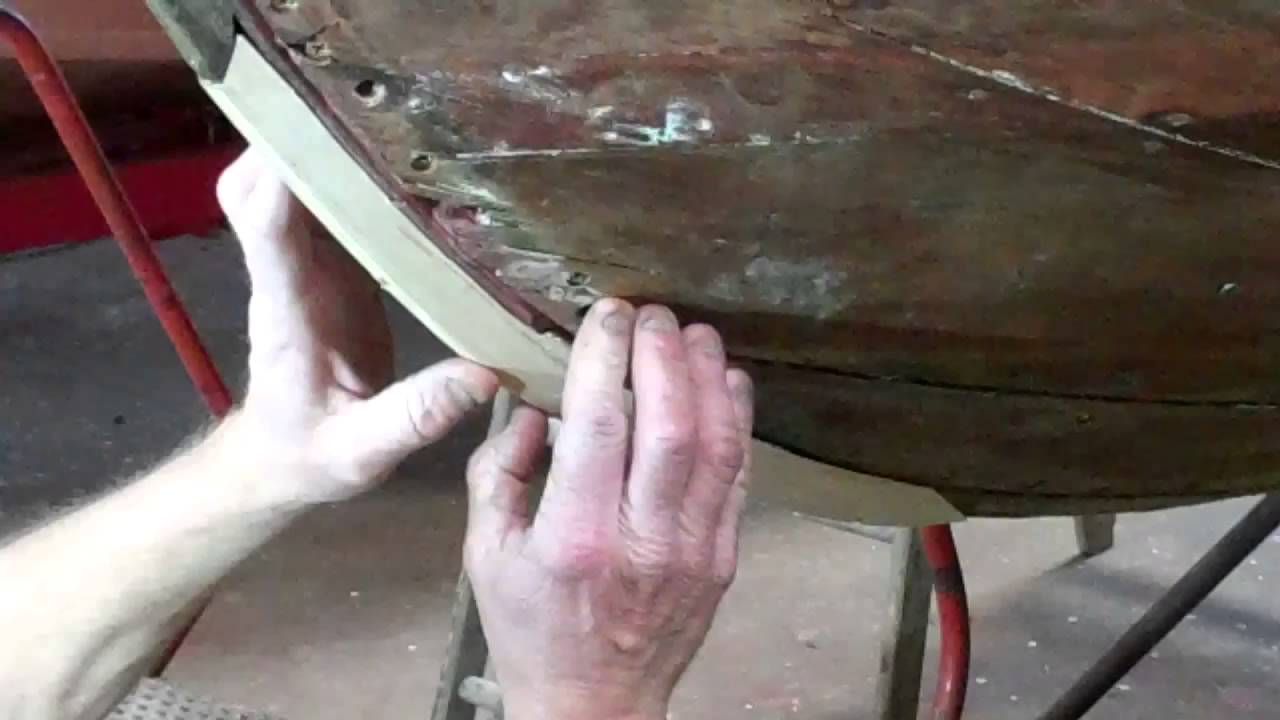RJ and John rolled and tipped coat number 14 of Pettit High-Build onto the decks and gunwales of the 18’, 1952 Riviera Runabout, and the results seemed to check all the boxes, but not for RJ, “Allow me to see what I can do with my sanding/buffing system, and you will know why what is good now will be great on the other side.”
And he did. I will just let RJ and his body of work tell the story, save for adding some materials details.
Dry sanding with 1500 grit came first. Yes, yet another snow field, but this one was different as a definite luster showed through the haze. Wet sanding with ever-finer grits followed. Having other customer-related things that required my attention, I left. That was Thursday afternoon.
When I arrived this morning, the hatch cover immediately commanded my attention, “BUFFED” said the paper tag taped to its leading edge. What I beheld literally stopped me in my tracks. The gloss is truly 10 miles deep and completely without blemishes. Walking into the shop where the Riviera sits immediately told me the “rest of the story.”
RJ had to have worked into the night. By this afternoon he had “finished the initial stages.” He’d dry and wet-sanded the entire surface, and had begun applying our Ultra Buffing System from Presta to the project. “All that remains are the next two steps, buffing with Ultra Crème Light and then Ultra Polishing Crème, followed by washing, and then she will be just like the hatch cover.” I cannot wait ……

